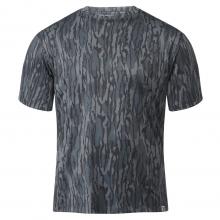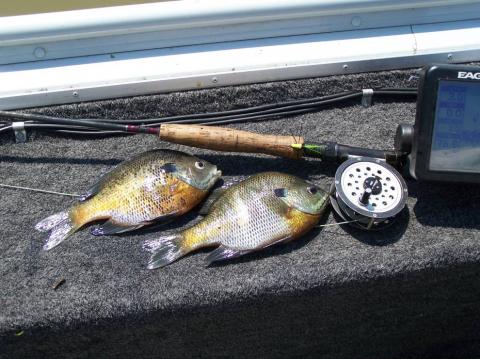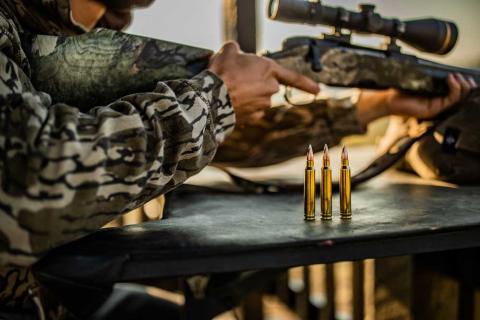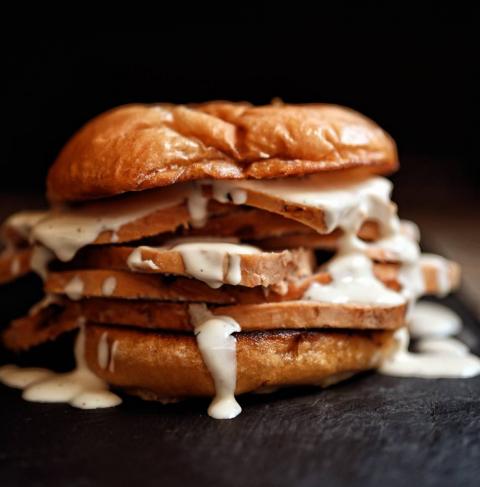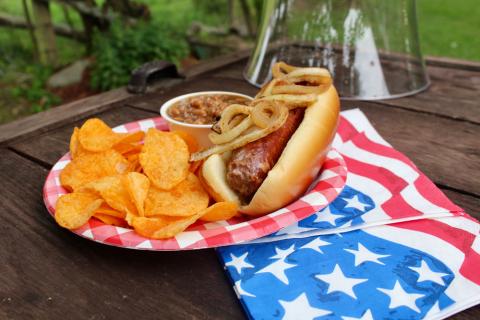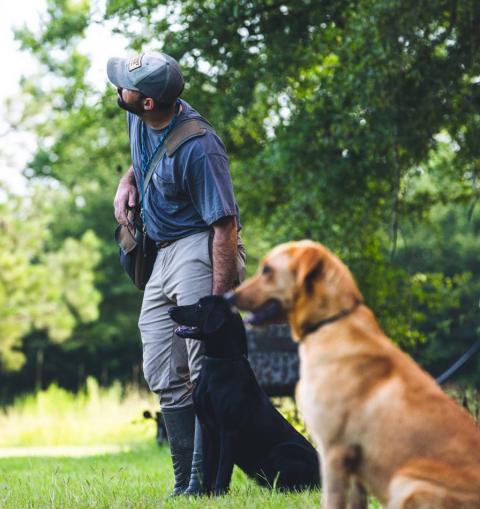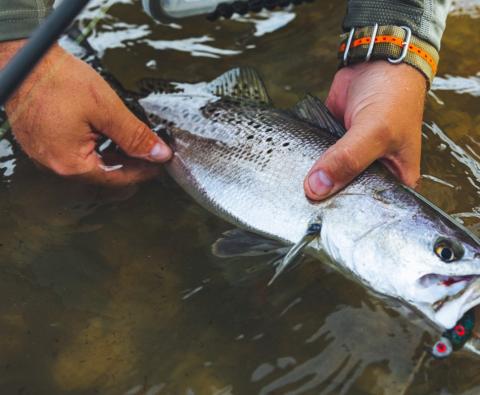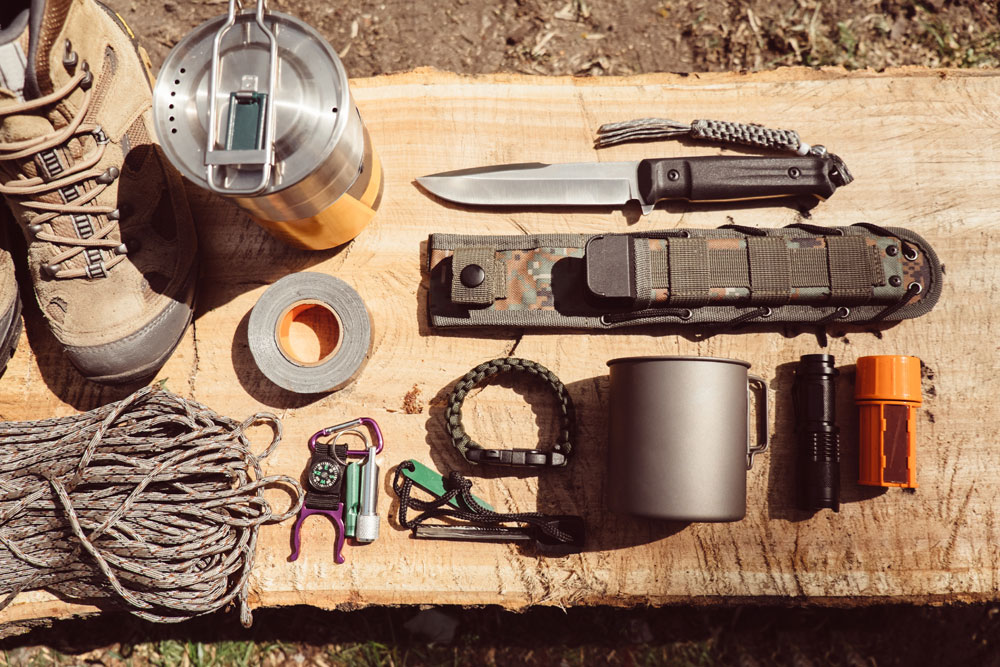
Preparation is the key to any survival situation, and quality survival gear should always be part of your pack on any outdoor adventure. However, there may also come a time when you find yourself in a sticky situation with only the items in your home at your disposal.
Read on to learn which common household items can be used as survival gear in an emergency.
1. Heavy-Duty Garbage Bags
Heavy-duty garbage bags are the extra-large bags that you might typically use for collecting leaves and other garbage or debris.
In an emergency, these can be used for sealing shelters or building an emergency lean-to. They can also be used to make shoes and waterproof sleeping areas and be worn as a poncho or over your clothes as a waterproofing layer. They can even be used to collect and store water and can be repurposed and reused multiple times for various applications.
A single roll of bags is lightweight and can fit easily in your pocket or backpack without weighing you down.
2. Duct Tape
Duct tape is one of the most versatile items to have in your home in the event of an emergency.
There are endless ways you can use duct tape for survival, including repairs to clothing, shoes, and tools, building and waterproofing a shelter, and creating a rope. Whatever it is you need to fix in a pinch, duct tape can usually help.
3. Chapstick
Though most people would assume that cosmetic items have no place on a survival gear list, Chapstick has multiple survival uses.
Chapstick can be used on bug bites to stop itching or can be swiped across cuts and scrapes to stop bleeding. Applying Chapstick to the skin can stop wind and sunburn and can also be used as a candle.
If you need to pack ultralight, an empty Chapstick tube can be repurposed as a storage container for first aid items, matches, wires, and other survival essentials.
4. Hand Sanitizer
Staying hygienic is often overlooked in an emergency, but simply keeping your hands clean can help you avoid many types of life-threatening pathogens.
Hand sanitizer is the perfect hygienic solution to use when you have limited access to soap and water. Because most hand sanitizers are predominantly composed of alcohol, they also make an excellent alternative to lighter fluid.
5. Aluminum Foil
Because of its extreme malleability, durability, and insulating properties, you can use tin foil to cook food by easily shaping it into a pot or bowl or wrapping it around a Y-shaped branch to make a frying pan.
Aside from its uses in food preparation, aluminum foil also makes an excellent emergency signal because of its reflectivity and, with the help of an AA battery, you can use tin foil as a fire starter.
4. Dental Floss
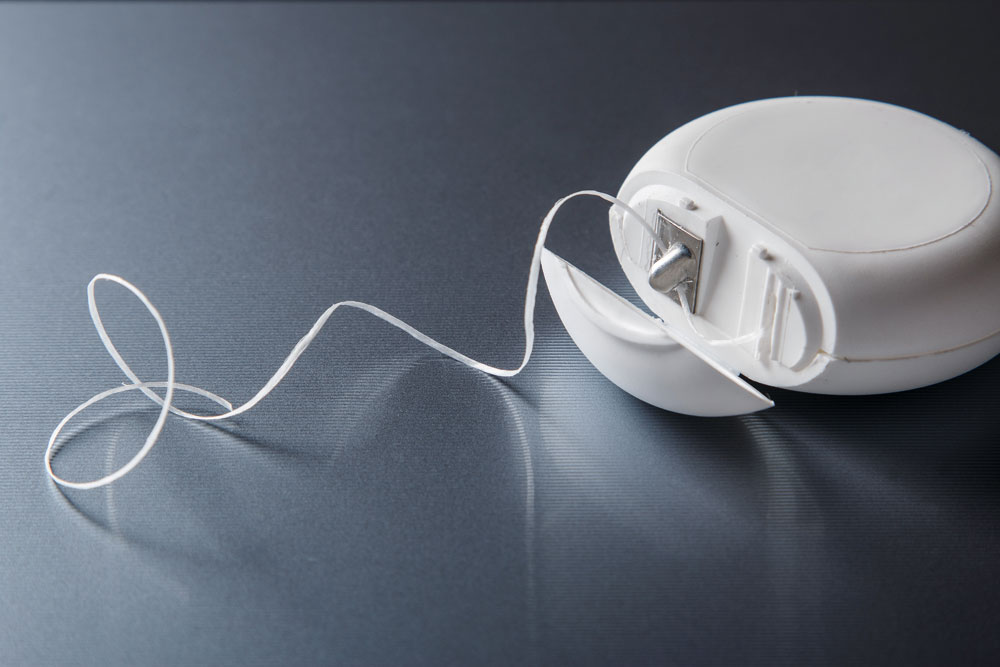
When it comes to searching for food in the wild, your favorite hunting gear items are the best tools for the job. But if you find yourself in need of protein and without weapons, dental floss can get the job done.
Dental floss is strong but slippery, which means it is a good material for making a snare for catching small game. You can also use it to rig up a fishing line or secure shelters.
5. Paper Clips
Paperclips bend easily but are difficult to break, which means you can twist them or link them to suit whatever purpose you need. They make excellent fish hooks, makeshift needles, and lock pickers, or they can be linked to create a chain.
If you are running low on first aid supplies, paperclips are ideal for creating a splint for small breaks or strains to fingers or toes.
6. Pantyhose
Pantyhose are cheap, lightweight, and easy to pack, and, in a survival situation, a pair of pantyhose is endlessly useful.
Finding food and water should be one of the first items on your checklist. Pantyhose can be used as a fishing net or water filter or for storing food away from predators.
7. Tin Cans
Tin cans can be used as a pot for cooking or as a cup, of course, but one of the best things you can use a tin can for is as a replacement stove.
Making a tin can stove is very simple, and it is a great way to cook food or heat water if you don’t have firewood or gas. Depending on what you have access to, you can use a large coffee tin or even small soda can to make your stove.
8. Coffee Filters
Aside from the water filtering qualities of coffee filters, they can also be used as disposable plates and bowls, toilet paper, or as a makeshift bandage to stop bleeding.
If you are using them to filter your collected water, boil your water after filtering. The coffee filter will remove debris and solid matter, but the water may still contain harmful microorganisms.
9. Hygiene Products
Hygiene items, such as condoms and tampons, are great for emergencies. Condoms can be used as an effective tourniquet, for collecting and storing water, or as part of a slingshot for hunting. Tampons work well as tinder, can stop bleeding—especially in the case of nosebleeds—and even filter water.
10. Salt
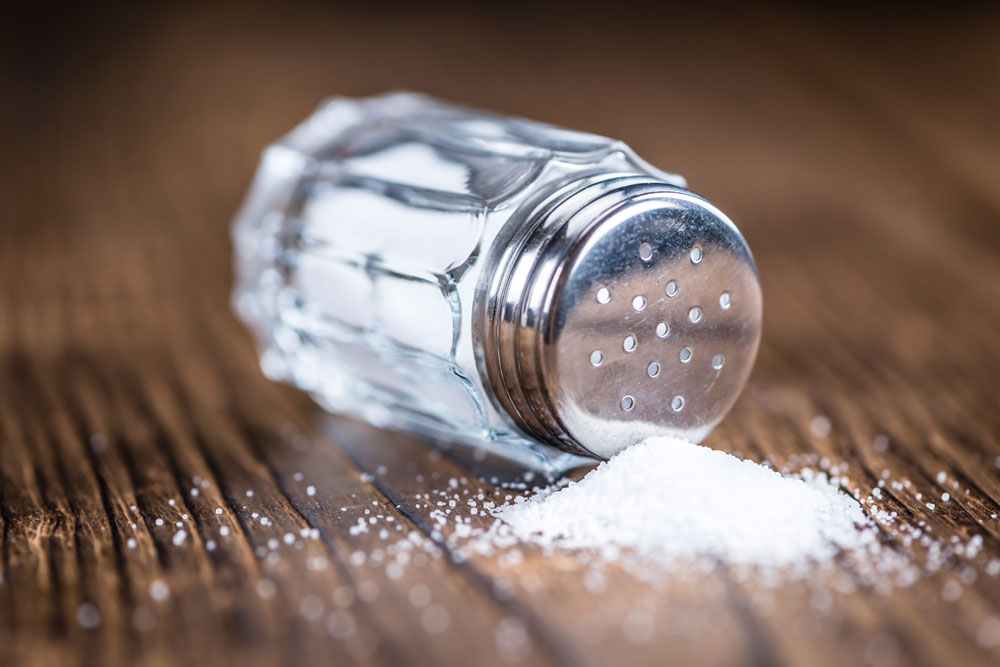
Salt is a preservative, which means you can make your food last longer by rubbing it with salt or storing it in brine. Salt can also be used as an antiseptic, and you can treat sore throats by gargling salt water.
During the winter, salt can be used to melt snow and add traction to slippery surfaces. It can also be used on metallic surfaces, such as old tin cans or cookware, to remove rust before use or for creating non-stick surfaces for cooking.
Final Thoughts
You never know when or where an emergency may arise and, unfortunately, even the most well-prepared of us can find ourselves without our survival essentials.
Luckily, there are plenty of versatile items you already own that can double as survival gear. These items, combined with some knowledge of basic survival skills, may one day give you the advantage in a survival situation.






